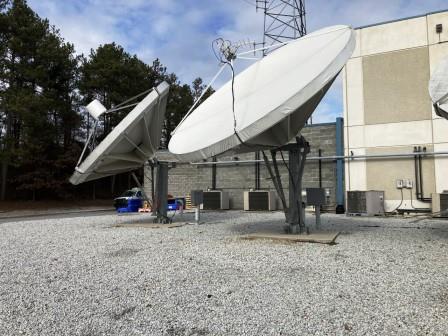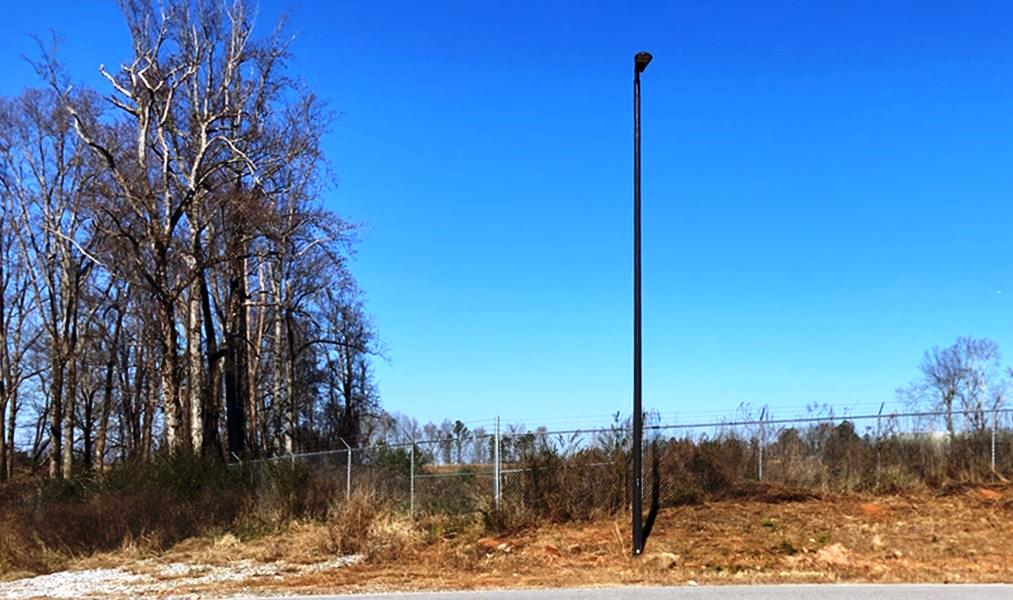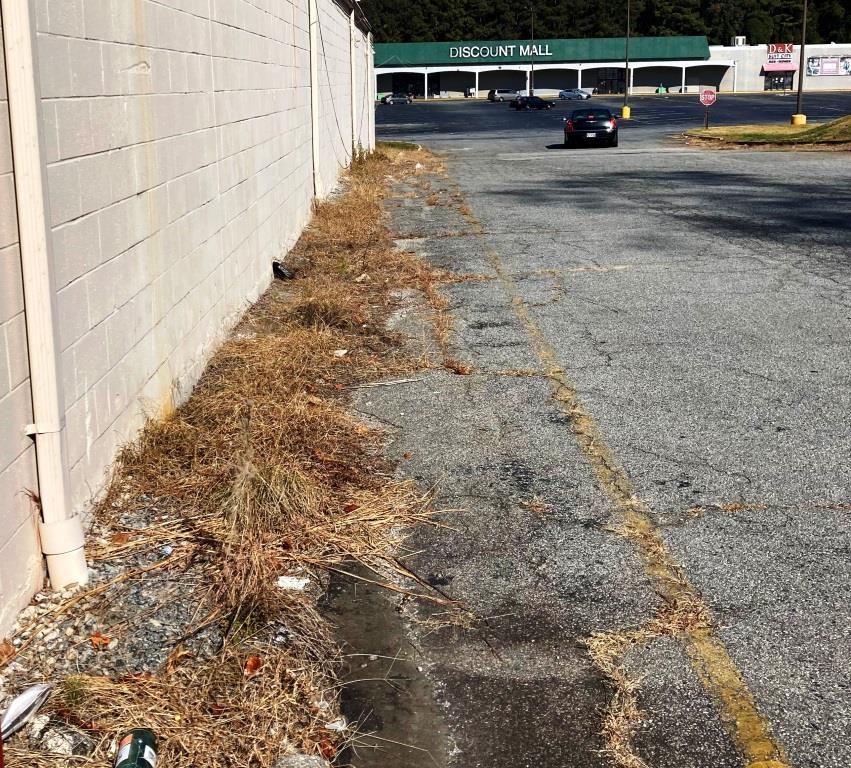

You Are Here: VegClear Home > Services > Winter
Winter Vegetation Control & Commercial Weed Management
-
Alleviate Maintenance Labor Burden
Reduce mechanical maintenance obligations by treating weeds and woody brush so dropped foliage doesn't return in springtime. -
Even Out Budget & Increase ROI
Allocate procurement spend by scheduling applications in the off season and decrease operations teams' trim work in the spring.
-
Fewer Citizen Concerns & Complaints
Cold spell vegetation control solutions reduces public scrutiny byminimizing visual “brown out” and the eyesore of peak summer treatments. -
Consistently Execute Procurement
Allows Municipal & Right of Way managers the ability to apply budget dollars earlier or later in the year to even out spend fluctuations.
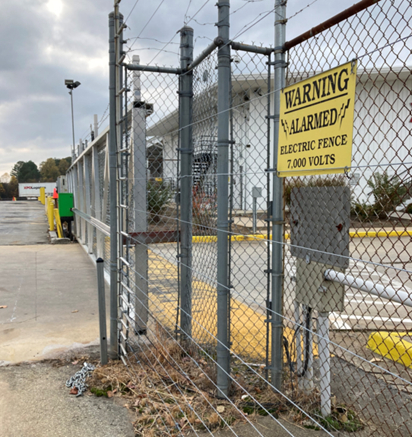
Dormant Stems and Woody Vegetation
Maximize the effectiveness of Commercial Weed Control Applications in the Southeast during Winter with our proven approach Treating Dormant Stems and Woody Trunks. Plants appear to simply not return in the spring!
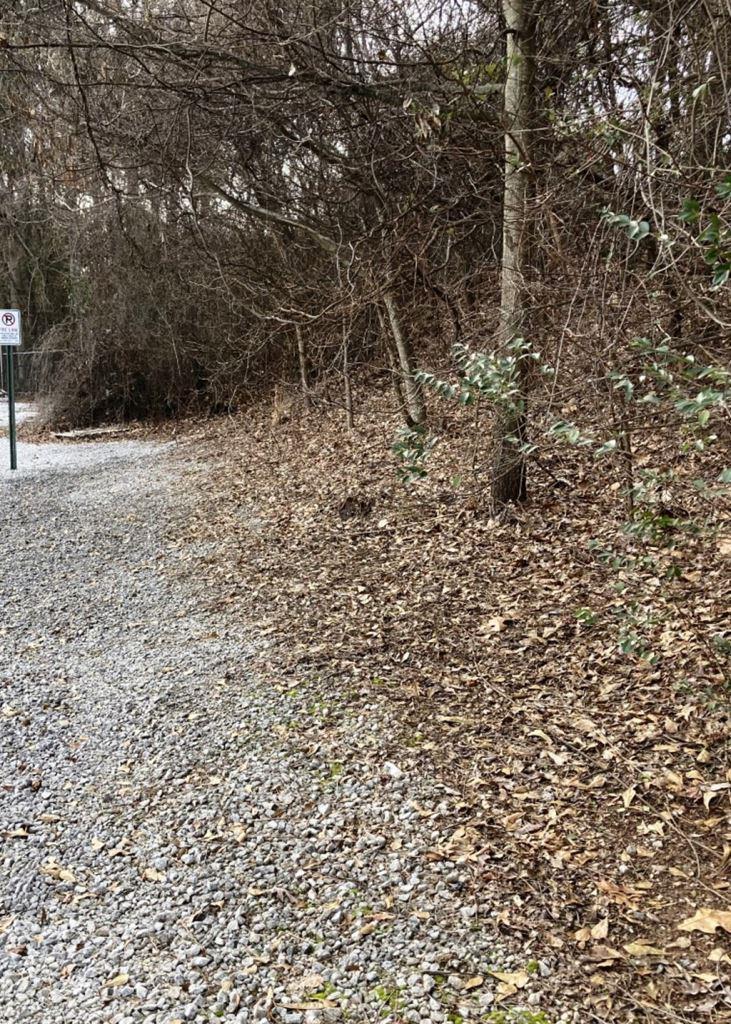
Foliar (leaf & green stem) applications of specific herbicides is effective on occasional non-dormant plants as well. By ideally scheduling treatments in above-freezing temperatures, we avoid issues with icing sprayer tanks and lines. Our service includes the use of oil based surfactant and scheduling during warm spells for optimal results. Occasionally an environmentally friendly antifreeze is utilized in near minuscule amounts. Tackle even the most stubborn exotic woody plant infestations with or without initial mechanical removal, and selective spray management for desired species suppression.
Winter Time Weed Control Applications are optimal for public relations since there is no visual plant decline as occurs when spraying green growth during the summer.
Options for Cold Weather Weed Control
Commercial Vegetation Control With Chemical Approaches in Dormant Season (Winter)
During the winter season, some plant species are more receptive to vegetation control measures. These include winter annuals, biennials in their first and second years of growth, non-suckering woody plants, and woody vines. Commercial vegetation control contractors utilize a range of chemical methods to manage these plant types. Herbicide options include foliar treatment with dormant specific active ingredients, as well as standard products on herbaceous plants that are not dormant, and stem treatments such as stump applications, basal bark, and hack-and-squirt for trees. Mechanical options like mowing and cutting may also be effective for non-suckering woody plants and woody vines. It is crucial for vegetation control professionals to accurately identify the targeted plant species and understand their growth form in order to choose the most suitable control method for success during the winter season.
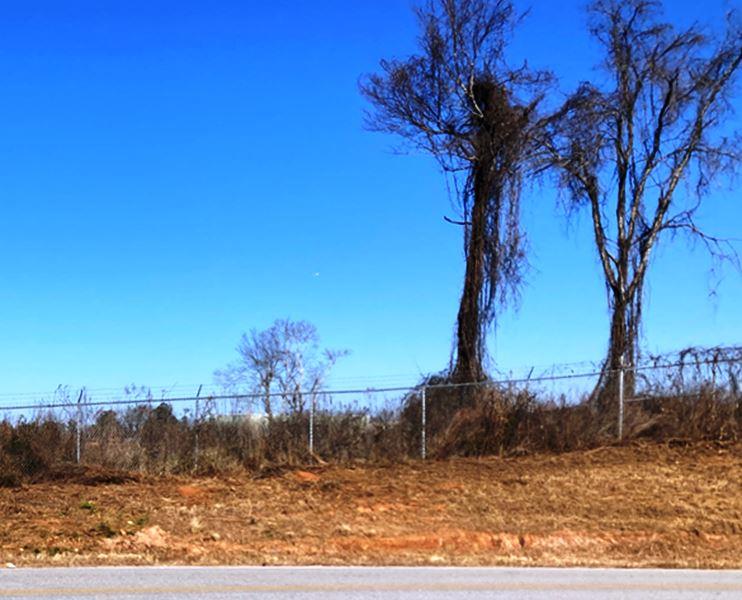
Winter Industrial Vegetation Control
As winter approaches and well into the season, commercial vegetation control is handled best by targeting certain plant growth forms for management. Winter annuals, biennials, non-suckering woody species, and woody vines can all be effectively controlled during this time. Additionally, having a landscaper utilize traditional mechanical control methods such as mowing and cutting may also be effective for non-suckering woody plants and woody vines. Effectiveness of these control measures may vary depending on the specific plant species and geography targeted.
Important note on this topic; these control measures are specific to certain types of vegetation and may not be effective for all plants. Proper identification and understanding of the targeted plant's growth form is essential for successful winter vegetation control.

Adrian Thome
VP, VegClear
Selective Herbicides for Winter Biennial Weed Control
Winter is a key time to control biennial weeds like thistles and burdock before they bolt in spring. During dormancy, first-year rosettes remain active enough to absorb selective herbicides, making winter treatments highly effective.
Herbicides containing aminopyralid, clopyralid, or 2,4-D target biennials at the rosette stage, disrupting growth before they mature. Applying these treatments in late fall or during winter thaws prevents spring resurgence and reduces seed production.
Second-year biennials are harder to control, but winter applications can still suppress growth before bolting. Combining herbicide treatments with mowing in late winter further limits spread.
By using selective herbicides in winter, land managers can stay ahead of biennial infestations, reducing treatment frequency and improving long-term vegetation control.
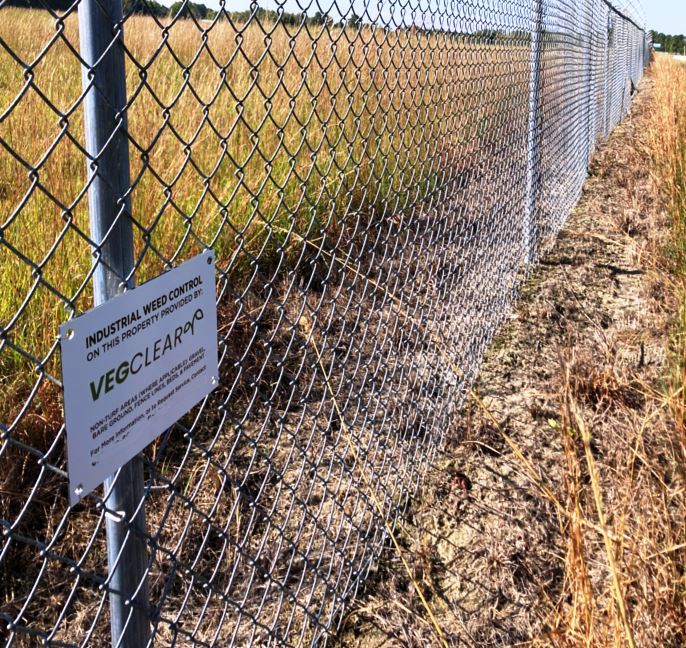
Any non-dormant, green vegetation can be treated with a foliar herbicide application. A recent University Herbicide Study on Garlic Mustard found that generic non-selective herbicides remained effective when air and soil surface temperatures were above freezing. Applying herbicides in these conditions also prevents issues with sprayer tank and line freezing.
For best results, it is best to include a surfactant in the tank mix and perform applications during a warmer period within the winter season. When managing established infestations of exotic woody plants, an effective approach is to partner with a contractor or in house maintenance teams to first clear the area with mechanically, by hand, or using a a forestry mower, reducing stems to ground level. Follow-up selective herbicide treatments in the next growing seasons help suppress regrowth while allowing desirable vegetation to establish. This method is more effective long-term than cutting alone.
